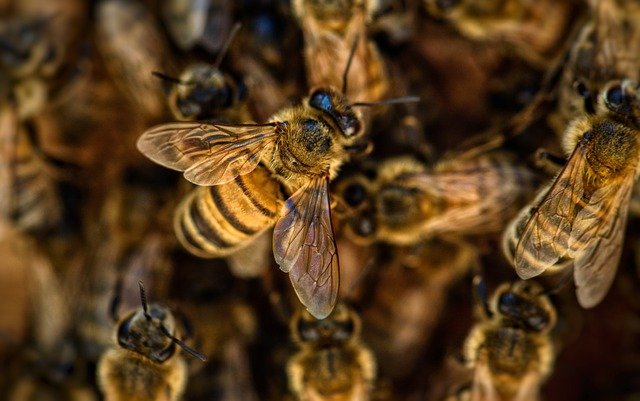**Title: "The Hidden Wonders of Urban Nature: Discover

The Hidden Wonders of Urban Nature
Urban environments are often perceived as concrete jungles, bustling with traffic and towering skyscrapers. However, hidden within these bustling metropolises are pockets of nature that offer solace, beauty, and a glimpse into the resilience of the natural world. In this post, we will explore the hidden wonders of urban nature and how they enrich our lives.
1. Urban Green Spaces
Parks and Gardens
Cities around the world are increasingly recognizing the importance of green spaces. Parks, botanical gardens, and community gardens serve as essential lungs for urban areas, providing a habitat for wildlife and a refuge for residents.
- Central Park, NYC: An iconic example of urban greenery that offers a diverse range of flora and fauna.
- High Line, NYC: A transformed elevated railway that showcases native plants and art installations.
Rooftop Gardens
Rooftop gardens have become a popular trend in urban architecture. These green oases not only beautify the skyline but also help reduce the urban heat island effect, improve air quality, and provide fresh produce.
2. Wildlife in the City
Birds
Urban areas are often rich in birdlife. From sparrows to peregrine falcons, cities provide diverse habitats for avian species. Birdwatching in urban settings can reveal surprising biodiversity.
- Peregrine Falcons: Often found nesting on skyscrapers, these birds have adapted remarkably to urban life.
- Songbirds: Many species thrive in city parks, offering delightful melodies amidst the urban noise.
Insects
Insects play a crucial role in urban ecosystems. Bees, butterflies, and other pollinators are essential for maintaining plant diversity and supporting food systems.
- Pollinator Gardens: Initiatives to plant native flowers in urban areas can significantly boost local pollinator populations.
3. Nature-Based Solutions
Urban nature can also be harnessed to address environmental challenges.
Green Infrastructure
Green roofs, permeable pavements, and rain gardens are examples of green infrastructure that help manage stormwater, reduce flooding, and improve urban resilience.
Biodiversity Corridors
Creating biodiversity corridors—networks of green spaces that connect habitats—can enhance species movement and genetic diversity in urban areas.
4. Benefits of Urban Nature
Mental Health
Access to nature has been shown to reduce stress, anxiety, and depression. Urban green spaces provide a necessary escape from the hustle and bustle of city life.
Community Building
Green spaces foster community interaction and engagement. They serve as gathering places for events, picnics, and recreational activities, strengthening social ties among residents.
Conclusion
The hidden wonders of urban nature remind us that even in the most developed areas, nature can thrive. By recognizing and nurturing these natural spaces, we can enhance our urban environments, improve our quality of life, and contribute to a more sustainable future. So next time you stroll through your city, take a moment to appreciate the hidden gems of urban nature that surround you.
What are your favorite urban nature spots? Share your experiences in the comments below! 🌿🌼

All images are taken from the Pixabay.com
Upvoted! Thank you for supporting witness @jswit.